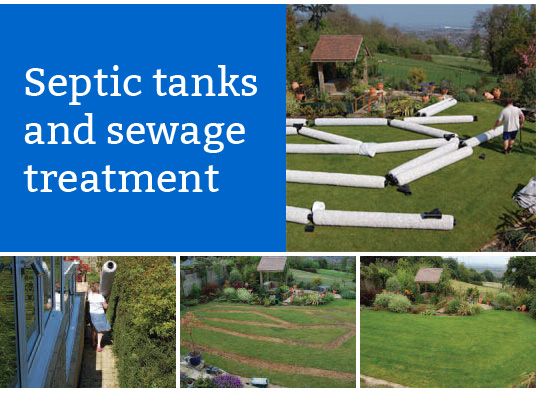Sewage Pump Stations BH3
Sewage pump stations, also known as lift stations, are an essential component in managing wastewater in residential, industrial and commercial settings. These units are designed to lift sewage from a lower to a higher elevation, essentially counteracting the effects of gravity in order to move waste materials through the system. This is particularly crucial in areas like BH3, where the terrain may not allow for natural gravity flow or where the sewage must be redirected to a different area for treatment or disposal.
Sewage pump stations consist of a receiving well or wet-well, pumps and valves, a power supply system, an equipment control and alarm system, and an odour control system and vent. The majority of stations in the UK, including those in BH3, employ submersible pump systems due to their high efficiency, low installation costs, and ease of maintenance. These stations are configured with multiple pumps for redundancy and to handle varying flow rates.
Proper operation and regular maintenance of sewage pump stations are crucial to avoid system failures. It includes regular inspections and cleaning, troubleshooting of pumps and other equipment, replacement of worn out parts and equipment upgrading. An efficient pump station ensures that the wastewater system operates flawlessly, thus contributing to environmental protection and public health. This is particularly pertinent for BH3, where a well-maintained sewage system is vital for sustaining the area’s living conditions and its overall urban infrastructure.
In conclusion, sewage pump stations play a vital role in the handling and disposal of wastewater in our communities. In places like BH3, a well-designed and well-operated station can significantly improve wastewater management, thereby contributing to environmental sustainability and public health.

